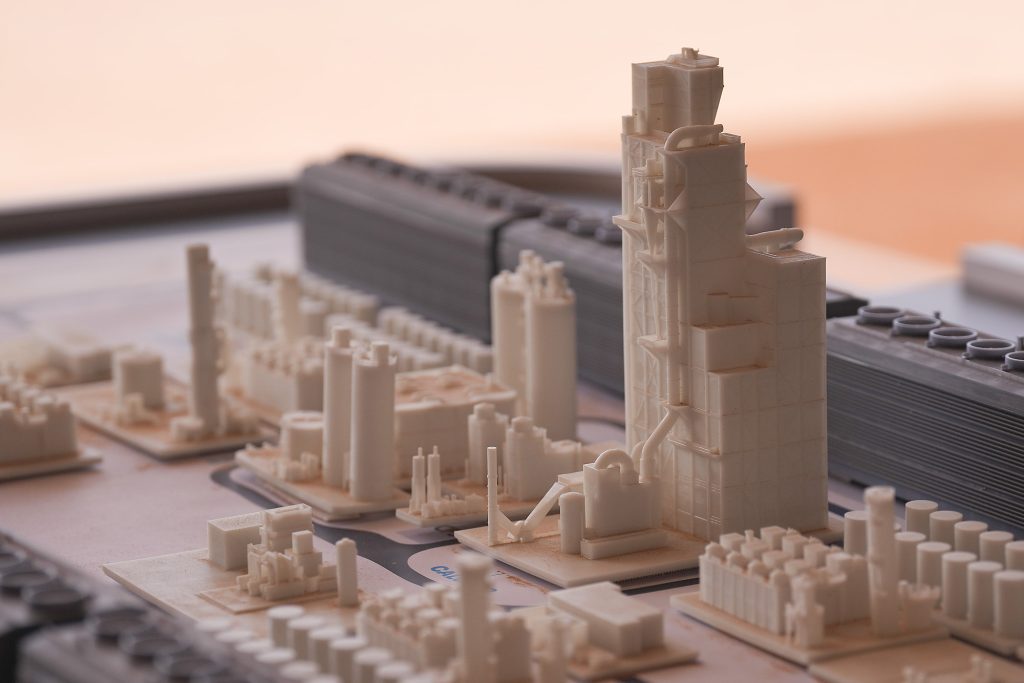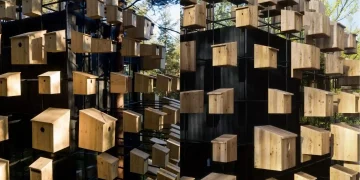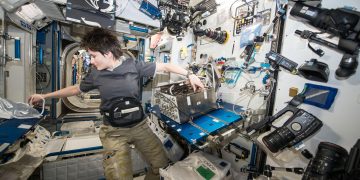From Energy Guzzlers to Community Heaters
In the early 2020s, data centers were notorious for their massive energy footprints. These steel-clad fortresses of computation quietly powered everything from social media feeds to blockchain ledgers—while also drawing more electricity than some small countries. By 2025, that narrative has begun to shift. Across northern Europe, and increasingly around the world, “carbon-negative” data centers are emerging as unlikely allies in sustainable urban infrastructure. One of the most striking transformations? Their surplus heat is now warming swimming pools, schools, and entire neighborhoods.
Leading this change is a groundbreaking partnership between Microsoft and a municipal government in Denmark. In 2024, Microsoft’s Copenhagen-region data center became a test case for what urban planners call “thermal symbiosis.” Instead of wasting the tremendous heat generated by thousands of server racks, Microsoft retrofitted its cooling systems to feed that heat into the city’s district heating network. The result: dozens of public swimming pools, residential buildings, and kindergartens are now heated using the exhaust from artificial intelligence training tasks and cloud storage operations.
The concept sounds paradoxical—using digital activity to warm physical space—but it’s a growing reality in eco-conscious cities. These carbon-negative data centers not only neutralize their emissions through carbon offsets and renewable energy usage but also provide tangible energy benefits to nearby communities. And as the global hunger for compute power intensifies, especially with AI and blockchain demand, this once-overlooked byproduct—waste heat—has become a valuable resource.
When Bitcoin Miners Became Heat Utilities
The reinvention of energy roles isn’t limited to Big Tech. In Scandinavia, Eastern Europe, and parts of North America, former Bitcoin mining facilities are rebranding as community heat suppliers. Take, for example, a site in northern Sweden that once consumed megawatts for blockchain validation. Today, under a restructured ownership model and upgraded with advanced heat capture systems, it pumps warmth into local greenhouse operations during the region’s long winter months.
In the Netherlands, a former crypto mining hub outside Eindhoven now sells surplus heat to a residential co-op, offsetting its carbon tax burden and earning clean energy incentives. Instead of letting high-performance GPU rigs merely generate wealth for crypto holders, operators are discovering new revenue by selling heat to city energy grids and schools.
This transition is not purely philanthropic. With increasing scrutiny from regulators and local authorities, heat reuse provides economic insulation for data operators against tightening emissions laws. Municipalities are also eager to co-develop heat exchange platforms, seeing these projects as win-wins for sustainability and public utility efficiency.
The term “digital thermodynamics” has entered public policy circles—referring to how data-generated heat can be planned, priced, and integrated into smart energy grids. In this emerging economy, a teraflop of computation isn’t just a measure of data—it’s potential fuel for a sauna, a hospital wing, or a gymnasium.
AI, Ice, and the Icelandic Blueprint
Beyond Denmark and Sweden, Iceland is pushing the model further with its deep geothermal capacity and a novel AI-based thermal optimization layer. In 2025, Reykjavík’s flagship project—a collaboration between OpenCompute engineers and Iceland’s National Power Company—demonstrated how geothermal input, coupled with AI heat routing models, could turn a high-throughput data center into a seasonally adaptive public utility.
Using predictive AI algorithms trained on seasonal weather data, energy pricing, and district demand models, the facility dynamically adjusts how much heat it recycles to nearby spa complexes, schoolhouses, and eco-villages. Unlike traditional data center cooling that vents warmth into the atmosphere, Iceland’s setup sends every usable kilowatt of thermal energy through recovery loops, all orchestrated by smart grid coordination.

This system is so refined that the data center even heats adjacent trout farming tanks with precision water temperature management. And with Iceland’s 100% renewable grid powered by hydro and geothermal sources, the operation has achieved what was once deemed impossible: net-negative emissions paired with profitable, grid-stabilizing heat redistribution.
Analysts now view the Icelandic model as a replicable framework for other countries rich in renewables. Whether using geothermal, solar, or even nuclear, the trick lies in designing data facilities as part of the public energy ecosystem from the ground up—not just as self-contained fortresses of tech infrastructure.
Compute as Climate Asset, Not Liability
As AI workloads become more computationally demanding, the power draw of data centers will likely continue to rise in absolute terms. But the key metric is no longer just how much electricity a facility uses—it’s how efficiently that power is used and re-used. In this regard, 2025 marks a clear turning point.
Emerging from the era of passive sustainability, where “green data centers” meant renewable energy purchasing and carbon offsets, the new ethos is active sustainability. Carbon-negative design isn’t just about balancing emissions; it’s about creating surplus environmental value through smart energy reuse.
The World Economic Forum’s 2025 Digital Sustainability Index highlights this evolution. Among the highest-rated tech facilities are those that contribute to urban resilience through thermal integration, low-impact water recycling, and AI-optimized heat delivery. Notably, data centers that return heat to public infrastructure now score higher than those that simply purchase renewable credits.
Cities are beginning to zone data infrastructure in tandem with community resource planning. Urban developers in Berlin, Seoul, and Montreal are including data-center heat loops in their architectural blueprints, placing facilities closer to public housing clusters and schools that can most benefit from reliable low-cost heat. This planning synergy opens a new frontier where tech architecture becomes civic architecture.
The Consumer Mindset Shift: Warmth from the Cloud
Even at the consumer level, attitudes toward data have changed. There’s a growing realization that every search query, every ChatGPT prompt, and every crypto transaction has a physical and thermal footprint. In the past, these environmental costs were hidden. Now, they’re being leveraged to provide warmth, clean water, and food production in colder climates.
Some Danish fitness centers even promote their sustainability by advertising that their pool or sauna is heated “by the cloud.” Instead of fearing the energy cost of technology, consumers are being invited to see the infrastructure behind their digital lives as physically present, accountable, and beneficial.
This branding is resonating deeply with Gen Z and millennial audiences who are digitally native but climate-conscious. When asked, a majority say they would prefer using AI tools or streaming platforms backed by heat-recovery data centers, even if that meant marginal delays or premium pricing. Sustainability is no longer just a feature—it’s a purchase driver.
Conclusion: From Hot Air to Hot Showers
The evolution of carbon-negative data centers reveals an exciting, hopeful trend: the possibility of turning one of the digital age’s greatest liabilities—its energy demand—into an ecological and civic asset. From Denmark’s municipal heat-sharing networks to Iceland’s geothermal-smart data loops, the era of passive cooling is giving way to active climate collaboration.
If this trajectory continues, the term “data farm” may soon be more literal than metaphor. With AI-trained thermostats, blockchain-heated pools, and community-warmed greenhouses, the world is discovering how digital exhaust can be recycled into public good. In the process, data centers are no longer just nodes in the cloud—they’re becoming anchors of energy-positive urban ecosystems.


















































Discussion about this post